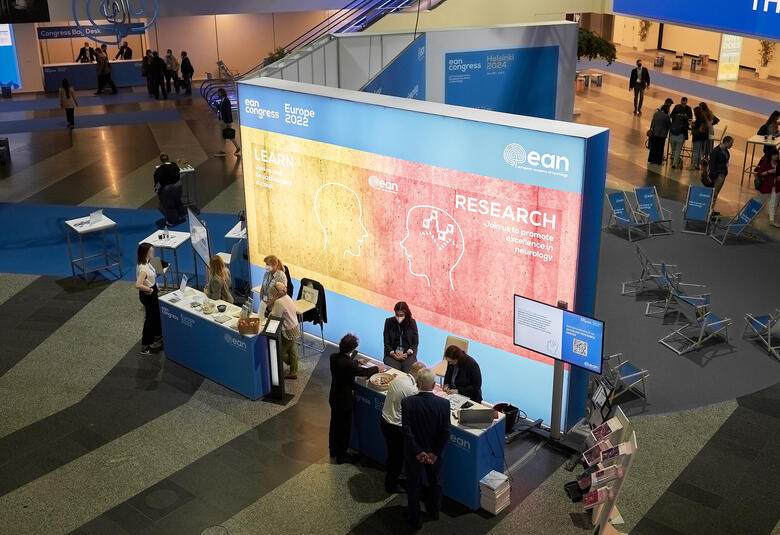As many as one in four in-patients with schizophrenia are likely to be readmitted to hospital within 6 months of their discharge. At APA2017, data from a large-scale population study highlighted the crucial role of timely physician follow-up in supporting a reduction in hospital readmission rates.
The fate of many patients with schizophrenia after hospital discharge is a return to in-patient care within a matter of months. Understanding the role and importance of physician follow-up in helping reduce readmission rates is important clinically and in terms of health policy and planning.
During a rapid-fire session on the opening day of the APA congress in San Diego, Dr Paul Kurdyak, Director of Health Services Research at the Centre for addiction and Mental Health at the University of Toronto, Canada, reported data from a large-scale population study looking at the type of physician follow-up that patients with schizophrenia received in the first 30 days after discharge from hospital and how that follow-up contact affected readmission in the subsequent 180 days.
Physician contact
The study looked at discharges for schizophrenia in a cohort of over 19,000 patients in Ontario, Canada, over a five-year period from 2007 to 2012. In Canada, around 20% of all psychiatric hospitalizations are due to schizophrenia.
Distinction was made between an early follow-up visit with a primary care physician (PCP), follow-up with a psychiatrist, follow-up where patients saw both their PCP and a psychiatrist, and patients who had no form of physician follow-up within the 30 day period after hospital discharge.
Around 35% of all the schizophrenia in-patients who were discharged had no follow-up care from a physician in the 30 days after their discharge. The readmission rates were 25.5% for patients with no follow-up, 22.2% for those with PCP follow-up only, 21.6% for those with psychiatrist contact and 21.3% for patients seen by both their PCP and psychiatrist.
Two-thirds at risk for readmission
Over a third of schizophrenia patients discharged had no physician follow-up within 30 days
Dr Kurdyak’s study determined that around two-thirds of patients discharged were in fact at high risk for readmission. Patients were screened for their readmission risk using the READMIT tool. In that vulnerable, high risk group – the impact of early physician follow-up on subsequent risk for hospital readmission was particularly marked. These high risk patients particularly benefited from physician follow-up.
Readmission rates at 6 months in these high-risk patients were 34.7% for those who received no follow-up, 19.9% for patients who saw their PCP, 28.7% for those seen by a psychiatrist, and 16.7% for those seen by two physicians within 30 days of their discharge.
By contrast, there was no such benefit from physician follow-up in the 30 days after discharge for patients who were low or medium risk by READMIT.
The study not only identified that over one in three in-patients had no physician contact on the first month after leaving hospital care, but showed that early physician contact could impact on risk for readmission, particularly in patients - the majority - who could be profiled as being at high risk for readmission.
Improving rates of early physician follow-up for patients with schizophrenia, after their discharge to the community, could hold a key to tackling and reducing early readmissions to hospital.
Dr Kurdyak said that screening for high risk patients should be performed and systems put in place to ensure such patients have early physician follow-up after discharge.




